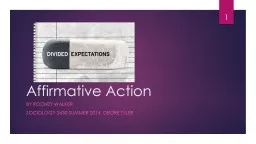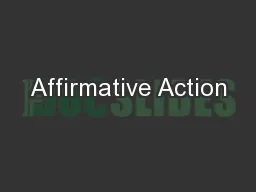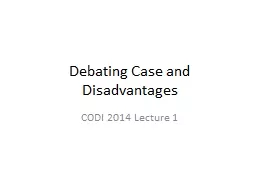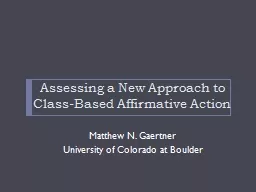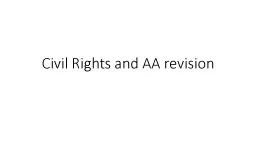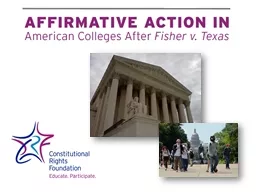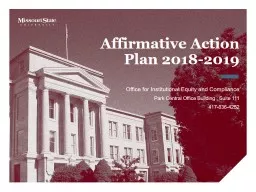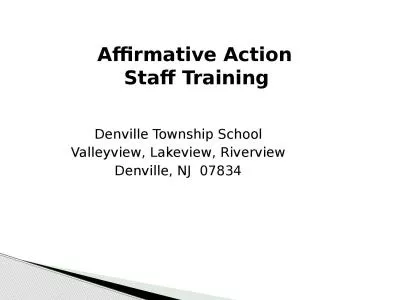PPT-Affirmative Action
Author : aaron | Published Date : 2017-07-12
By Rodney Walker Sociology 2630 Summer 2014 Deidre Tyler 1 Table of Contents Pg3 Reflection Page What I Already Knew Pg4 Undergraduate Research Journal for Human
Presentation Embed Code
Download Presentation
Download Presentation The PPT/PDF document "Affirmative Action" is the property of its rightful owner. Permission is granted to download and print the materials on this website for personal, non-commercial use only, and to display it on your personal computer provided you do not modify the materials and that you retain all copyright notices contained in the materials. By downloading content from our website, you accept the terms of this agreement.
Affirmative Action: Transcript
Download Rules Of Document
"Affirmative Action"The content belongs to its owner. You may download and print it for personal use, without modification, and keep all copyright notices. By downloading, you agree to these terms.
Related Documents

